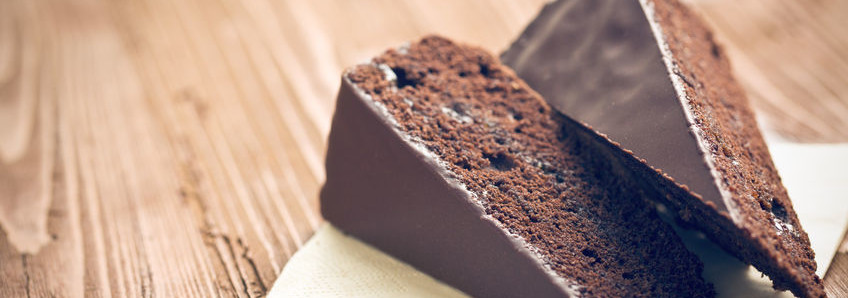
The clean label trend is way past just the “healthy” foods. Customers want their indulgent treats to be natural as well. So how do you make a clean label cake with a simple label that isn’t going to let down people’s expectations?
It starts with taking things out. Like all other clean label products, you’ll be removing artificial colors, flavors, and preservatives. But also tricky ones like aluminum-based phosphates and sulfates or artificial emulsifiers.
What are good replacers in clean label cake?
- Emulsifiers: Sodium and calcium stearoyl lactylate, ethoxylated monoglycerides, DATEM, sucrose esters, and polysorbates are not used in a clean label. So, alternatives solutions include enzymes, egg yolk, lecithin, pre-gel starches and natural hydrocolloids like gums.
- Aluminum-based phosphates and sulfates: finding clean label alternatives for this category is still quite challenging. Fat-coated microcapsules of organic acids or soda can effective replacements for slow-acting leavening agents such as SALP and SAS.
- Preservatives: these help with mold control and shelf life extension. Propionates, sorbates, and benzoates can be replaced with cultured whey, wheat flour, vinegar, raisin juice concentrate, sorbic acid and starters. Or, try live lactic acid bacteria cultures.
- Stabilizers and thickening agents: increase batter viscosity and help stabilize gas bubbles. Other functions include improving texture and overall cake structure. Clean-label alternatives are natural hydrocolloids like modified cereal, roots and tuber starches, and gums such as xanthan, Arabic and guar gum.

